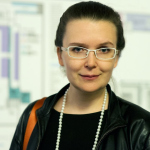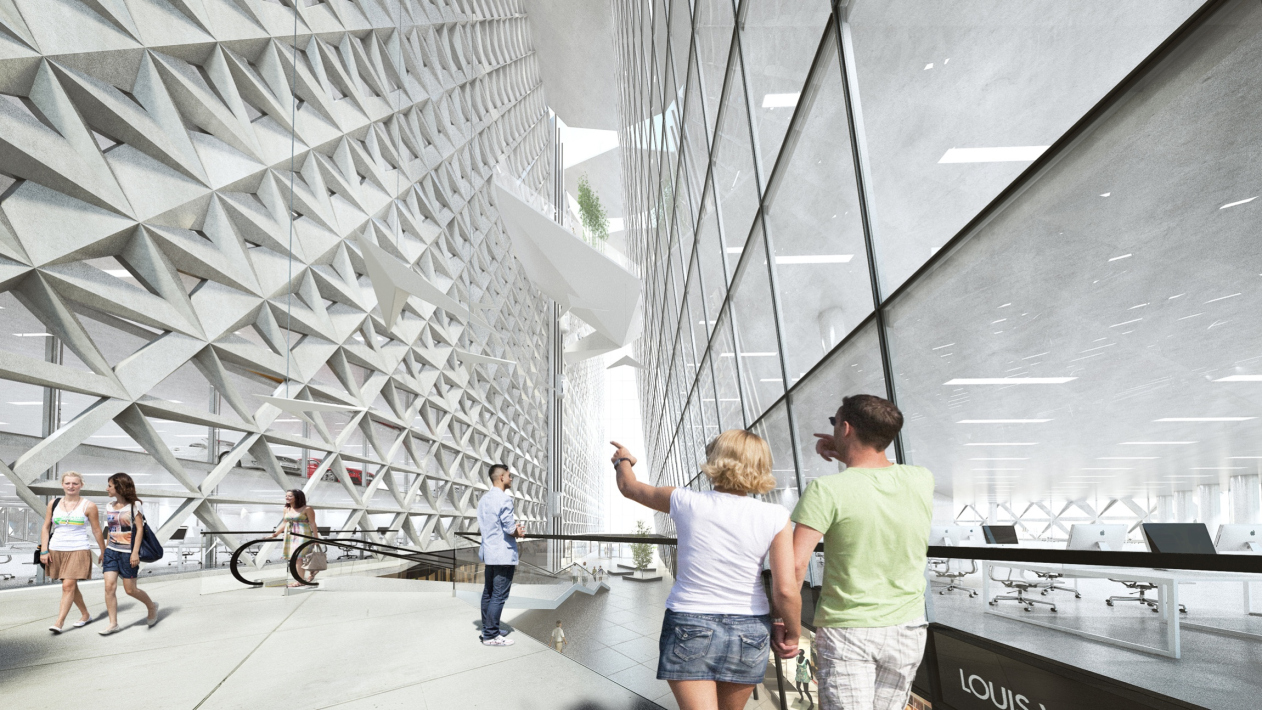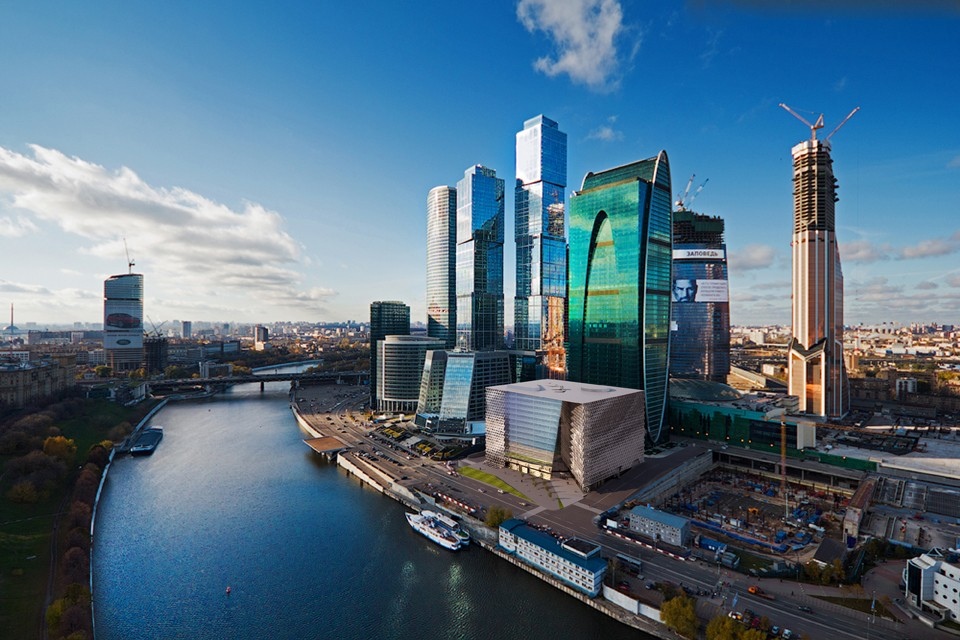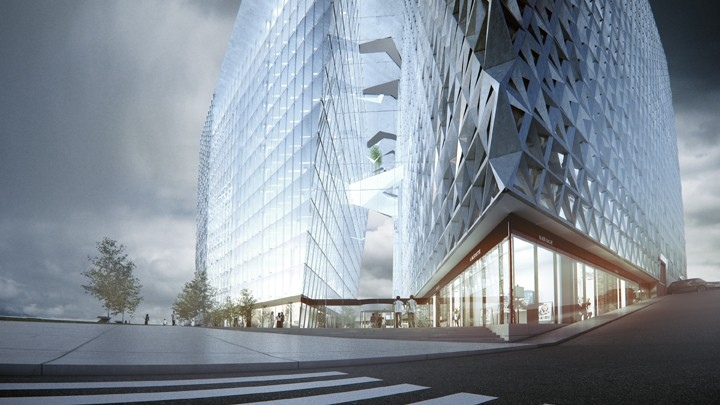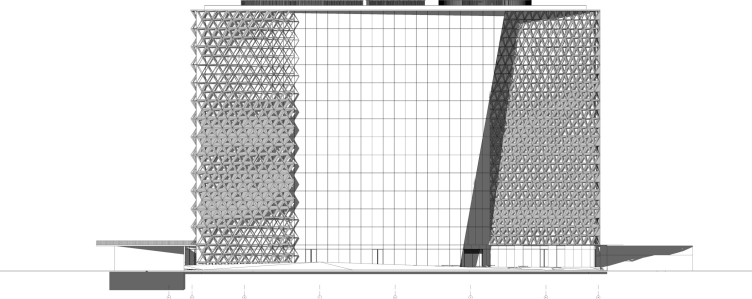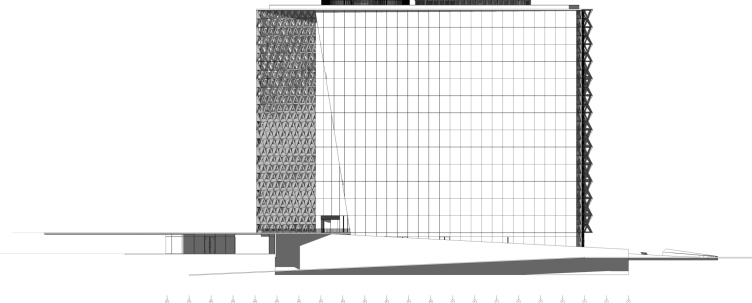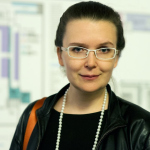The closed tender was announced in late February by
the investor of the complex "
The building of the second stage will be built on the
square land site between "
The architects of UNK Project concentrated their
attention on the movement of the pedestrian flows, and thus the role of the
"main hero" here is played by the atrium that pierces the cubic
volume of the complex diagonally, from southeast corner to the northwest one.
It splits the cubic volume into two buildings in fact: the north and the south
ones. The north building, from its 3rd to its 8th floor, is occupied by the
parking garages (floors 3 to 6 being occupied by non-mechanized garages, floors
7 and 8 - by mechanized ones), higher up - by offices. The second and third
floors of the southern building are occupied by a medical center; higher up
there are office premises. It is planned that the landscaped roof will be
turned into a sightseeing platform accessible by elevator directly from the
atrium. The center of the north triangle is the circular ramp of the drive-up
of the parking garage (just like in the "European" shopping mall; the
architects are providing scientifically proven reasons that such type of a
drive-up is more convenient for the drivers who will not need to spin the wheel
too much). In the nucleus of the triangle, there is yet another triangle of a
smaller size, that includes two elevator shafts, which, in turn, allows for
dividing the southern part into yet another two triangles, each one oriented to
its elevator, meaning - use the office space with minimal losses of the usable
area and provide for good insolation. The efficiency and economy became one of
the central themes of the project (which allowed the authors to fit into the
budget providing at the same time for quality materials): wherever possible,
typical solutions are used. Besides, the architects were able to use in their
project the existing sub-structures - the grid of underground columns, built
earlier.

The project in the panorama of Moscow City

The entire first floor is turned into a public area
with shops and restaurants. It is planned to be open 24/7. The role of the
center, or rather, the axis of the first floor is played by the diagonal
"road" of the atrium. In its beginning and in its end, at the two
corners of the cubic volume, in front of the entrances, there are small
landings that are designed as "stanzas" and protected by the overall
roof of the complex "from direct precipitation" as the architects put
it in the explanatory note.
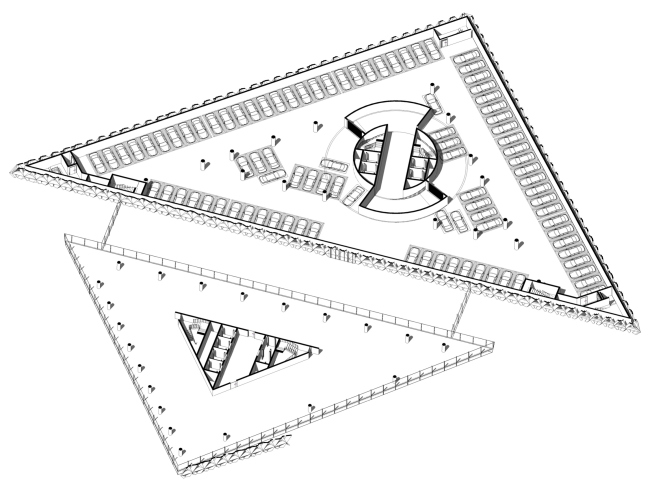
Plan of the eighth floor
The ravine of the atrium opens up eastwards, to the
side of "Bagration" bridge and "Vystavochnaya" metro
station, where usually the city-bound pedestrian flows come from. According to
the architects idea, the people will be able to circle the building from the
south and from the east but the main scenario proposed by the architects
implies, of course, going through the atrium, through the "body" of
the building: coming out at the opposite side, we find ourselves at the square
before "Empire Tower", from where one can easily get to the center of
"Moscow City".
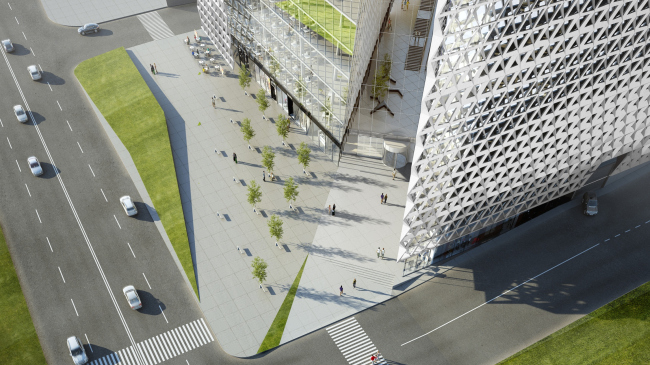
From the bridge side, the mouth of the atrium looks
like a "perspective portal" - this is how the authors themselves call
it, even though it would only be fair to admit that the resemblance with a
portal is but partial here; one can clearly see only one perspective bevel,
namely, the right eastern one. The role of the second bevel is played by the
wall that faces the embankment: it is turned at a 3-degree angle to the side of
the atrium entrance. So it turns out that if we speak about "portal",
then it is radically shifted to the right - it looks like in the classical
"TV" layout of the 70's the axis is jerked aside. Following suit with
the axis, the bevels also became very different: one formed an acute angle, and
the other turned into a glass partition that serves to hide the riverside
entrance rather than helps reveal it. As for the entrance itself, it is, as was
already said, is turned to the side of the bridge, i.e, at an angle of approximately
45 degrees to the surface of the main riverside facade. In other words, if we
are to speak about the "portal" in the classical sense (the one that
you might see in the architecture of the post-war modernism), then this portal
did something that is very much like combatant realignment - it made a step
left and about-faced. This motion is as simple as one-two-three but in its
essence it is spiral, and the authors righteously claim that the composition of
their building "supports the spiral-like" composition of the
silhouette of
The described "about face" twist left the
shape practically devoid of any classical allusions, endowing it with romantic
resemblance to the
One should say that the resulting aberration between
what is familiar and classical and what is spicy and romantic permeates the
whole project creating within it the kind of tension that is both plastic and
meaningful.
The architects proposed to cover the glass walls with
a grid of architectural concrete. The grid will get reflected in the glass,
getting fractured and multiplied, enhancing but not dissolving the ornament in
the succession of reflections. In the simple and big pattern one can easily
discern the replica of the original idea of the building based on dividing a
quadrant into triangles. This same kind of fracturing repeated many times in
the pattern of the concrete grid of the facade. All the more so, because when
one is looking from the ground level, he or she will hardly be able, because of
the foreshortening, to tell a diamond shape from a quadrant. At the same time,
on the corners, the triangles interlock and form an almost-sculptural zigzag,
putting one in the mind of the classic of the genre -


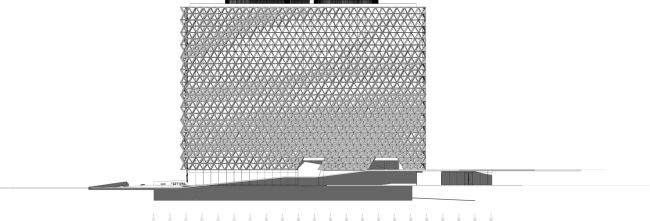
East facade
According to the authors, the concrete grid must
become the intermedium between the stone "Stalin" architecture of the
The result is well-executed and economic at the same
time: the pattern is doubled by its own reflection on the opposite wall. If we
take into consideration the presence of a glass wall behind the grid as well,
we get two reflections versus one grid, and the straddling space gets permeated
with flares and shades. Besides, the atrium closes in towards the top, thus
strengthening the perspective effect for those who are not too lazy to raise
their head and look up, adding to the intersection of the reflections at
different angles.
At the level of the top floors, there appear the white
diagonals of the overpasses that connect the two buildings (this will be very
convenient for the future office employees who will be able to pass directly to
their offices from the parking garage). Some bridges turn into stairways and
pierce the space in a slanting way in three dimensions. At some places, the
bridges get trees on them. Still lower, on thin steel-wire ropes, hover the
white lamps that are executed in the shape of stylized airplanes - they create
the feeling that the 50-meter height above the heads of the pedestrians in
indeed inhabited. Over the walls glide the panoramic elevators, augmenting the
dynamic shapes real extra motion (incidentally: several elevator groups are
provided, one of them - specifically for the public areas; it connects the
atrium with the walkable roof, while the office employees can use other
elevators so as not to get in the way of the visitors of the shops and cafes,
as well as the other way around). In a word, in spite of its almost-antiseptic
whiteness, the atrium space turned out sophisticated, lively, and, no doubt,
impressive-looking.

West facade
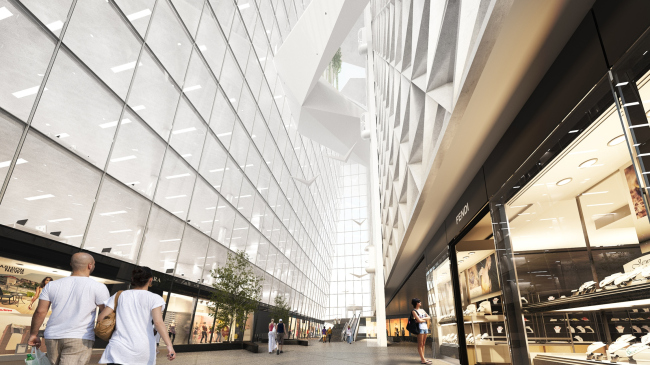
Atrium
From the typological standpoint, this is a passage,
but a very wide one, and in two dimensions at once: on the first floor, the
cafes and shops get more room because they occupy the entire area of the two
triangular buildings. The height of the "passage" also proves to be
considerable, in fact, sky-high, by the shops' standards, which allows the
architects to experiment with the space and the perspective, creating the
austere, yet monumental, and at the same time charged with "intrigue
plastique" anteroom of the thick

